These moments in WWII history were captured by two Broome County photographers
- Oops!Something went wrong.Please try again later.
As I always say, I do not know everything about Broome County (or now Tioga County) history.
While doing my regular monthly radio segment with Bob Joseph on WNBF, a caller brought to my attention something I never knew about a local resident. There was a resident who as a member of service during World War II, took a famous photograph involving General Douglas MacArthur.
While that was very amazing, by the time I had gotten home from that show, Bob Joseph forwarded to me an email from another listener about a second local resident that had taken a well-known photograph of that general.
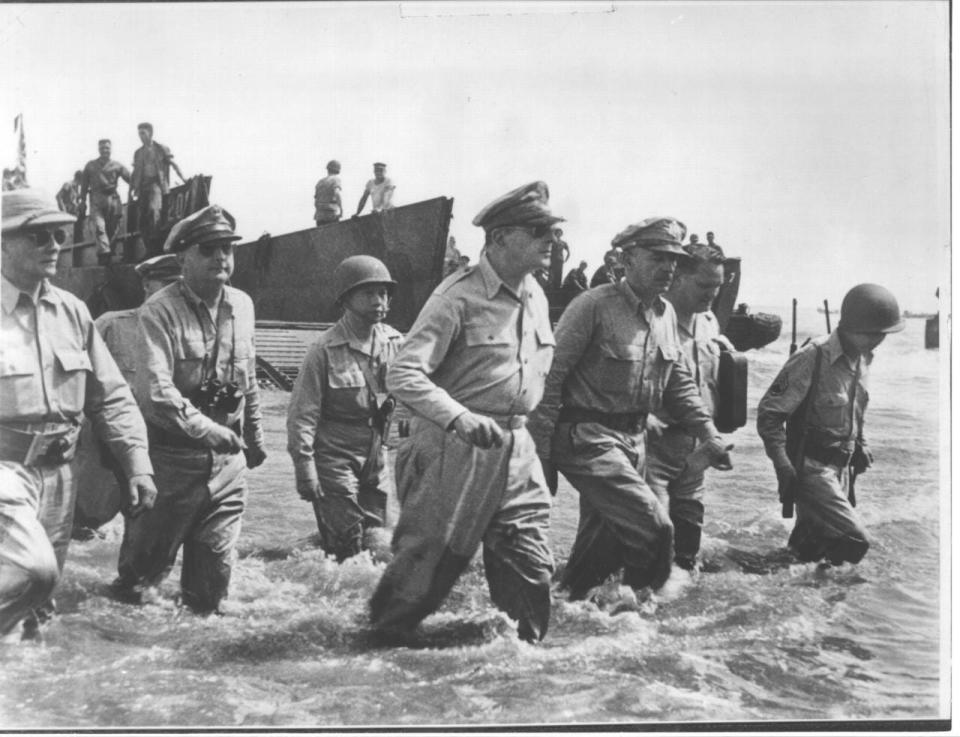
What was the likelihood that two servicemen from Broome County had played a major role in the images we know from that war. Very small, I would think. Yet it happened.
The first involved Eugene Swierkosz of Binghamton. He was a young man who loved taking pictures when he joined the U.S. Coast Guard in 1941. For the next three years, he served as combat photographer in the Pacific. He covered the action from Hawaii to the Philippines. It was in the latter area that Swierkosz had his moment of fame.
It was on Oct. 20, 1944, when Swierkosz along with 18 other photographers were lined up on a beach in the Philippines as Gen. MacArthur returned to the island group.
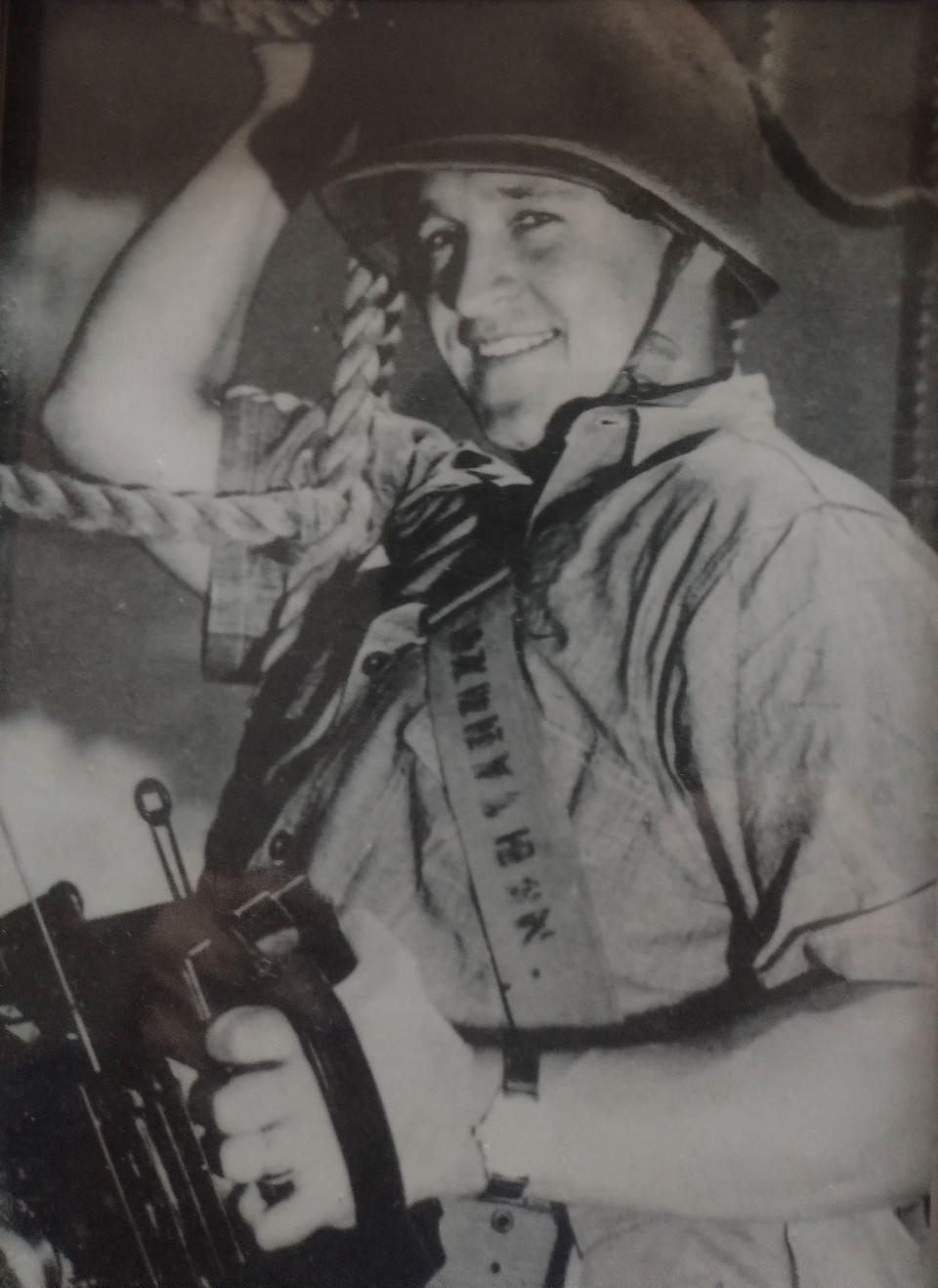
The now famous shot shows the general walking across the water toward the beach. The general did not like to get his feet wet, but did so for the sake of the photographers. It remains a timeless image of that war. When Swierkosz was discharged in February 1945, he got home and started his job as a photographer for the Binghamton Press the next day, where he would work for the next 23 years.
The other war photographer from this area was Frank Saraceno of Endicott. Another young man who loved the art of photography. In this instance, Saraceno joined the Army, rather than the Coast Guard.
Saraceno would spend 34 months in the Pacific Theater as a member of the 161st Signal Photo Company. Saraceno rose to the rank of staff sergeant, and his photographs ranged from what humor could be found in the war, to the gruesome of war dead, prisoners and the countless wounded servicemen of that conflict.
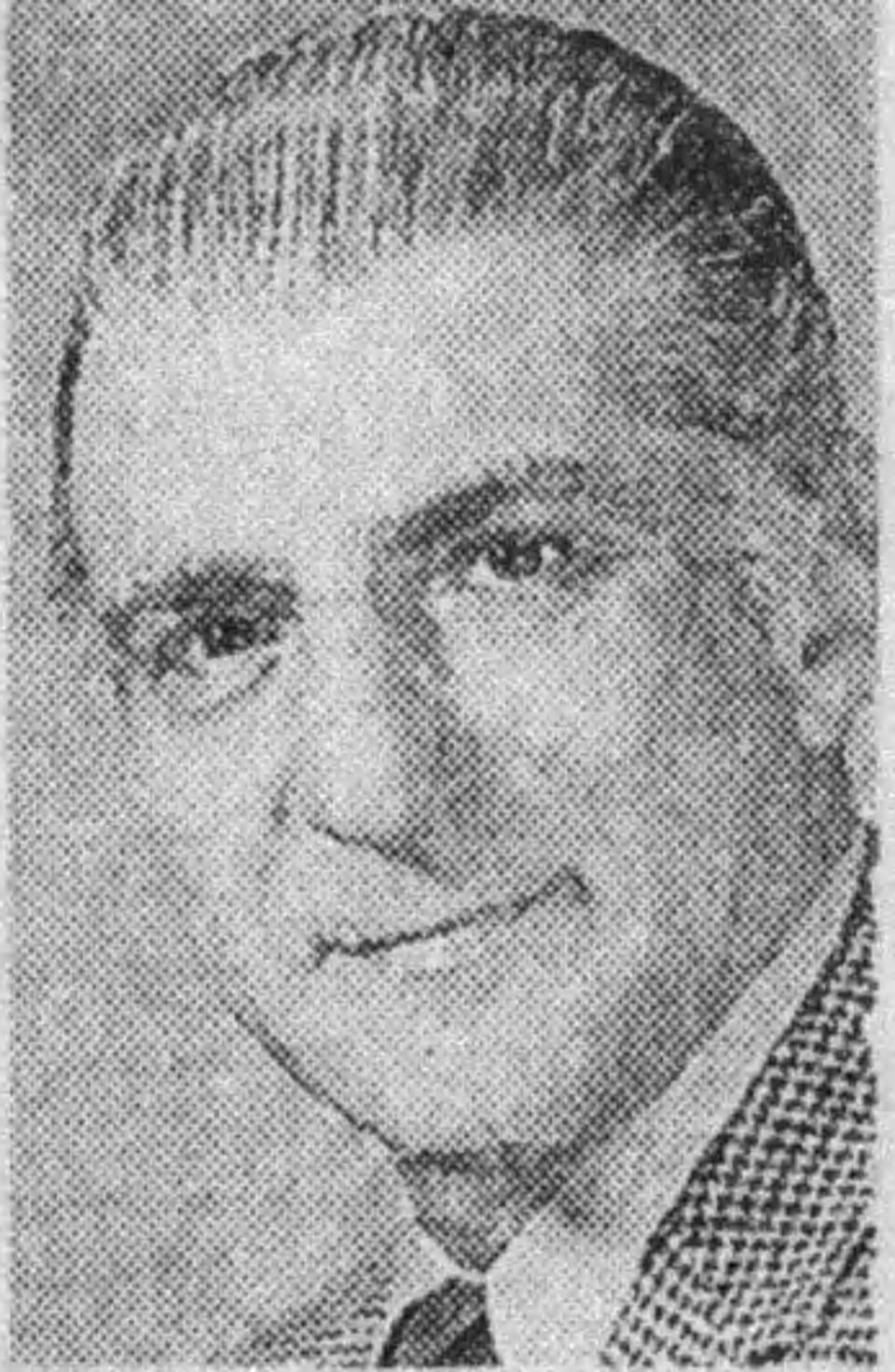
It was a, sometimes, disheartening experience for the young man, who continued to pursue and hone his skills at photography. That came to a climax on Sept. 2, 1945, and, again, included Gen. MacArthur. On that date MacArthur was onboard the U.S.S. Missouri to meet with Japanese Foreign Minister Mamoru Shigemitsu. They were to sign the surrender documents for the Empire of Japan at the end of the Second World War.
There was only room for two photographers to document the momentous event, and Saraceno was one of those photographers.
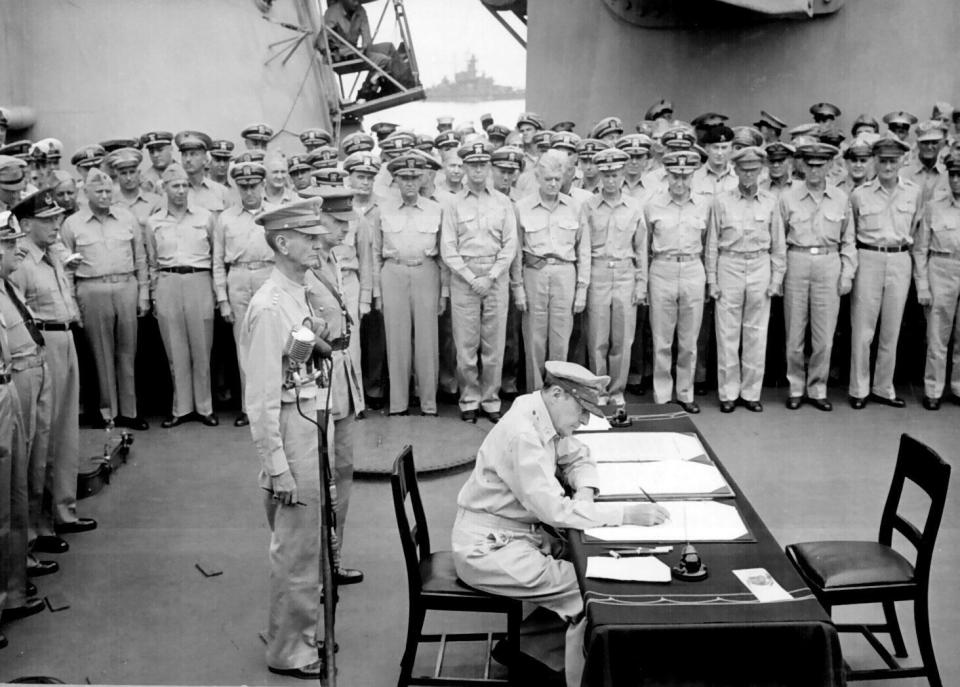
As he snapped the now famous picture of the end of the war, MacArthur gave this statement: “It is my earnest hope — indeed the hope of all mankind — that from this solemn occasion a better world shall emerge out of the blood and carnage of the past, a world founded upon faith and understanding, a world dedicated to the dignity of man and fulfillment of his most cherished wish for freedom, tolerance and justice.”
More: Tioga County Historical Society 'From Doll House to Our House' exhibit: What to expect
Saraceno returned to the area and started Delmar Studios which took thousands of images of local residents (including this writer) during the next several decades. He eventually retired and died at the age of 86 in November 2003.
That famous photograph has now been added to the veterans’ memorabilia located at the upper level of the Veterans Memorial Arena for all of the attendees to view for the future.
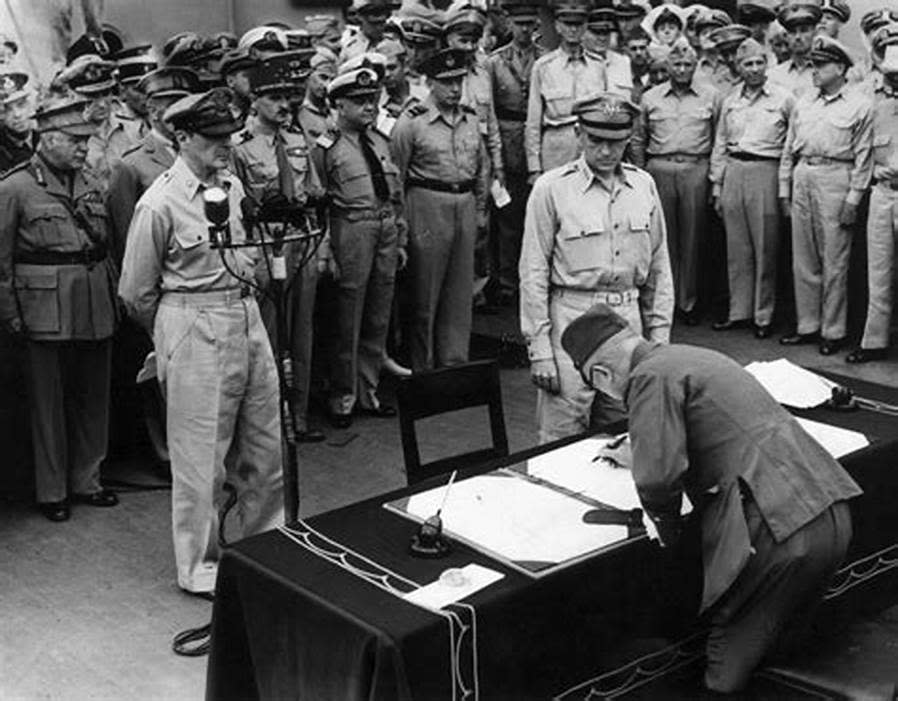
Eugene Swierkosz went to work for Delmar Studios and Frank Saraceno for about two years, and then for NYSEG for nearly two decades. He lived to be 84 and died in August 2007. He is buried in Calvary Cemetery.
Neither photographer gave up their craft after the end of World War II — they brought their skill to documenting our area for the next three decades. For that, we should all be happy.
Gerald Smith is executive director of the Tioga County Historical Society and a former Broome County historian. Email him at historysmiths@stny.rr.com.
This article originally appeared on Binghamton Press & Sun-Bulletin: Broome County photographers captured pivotal WWII moments

